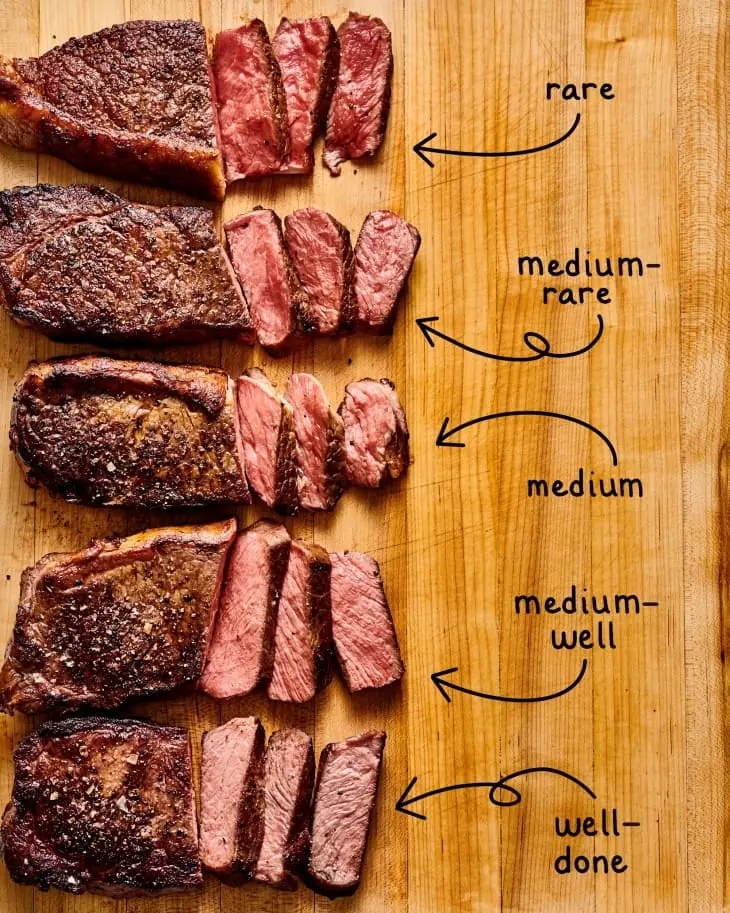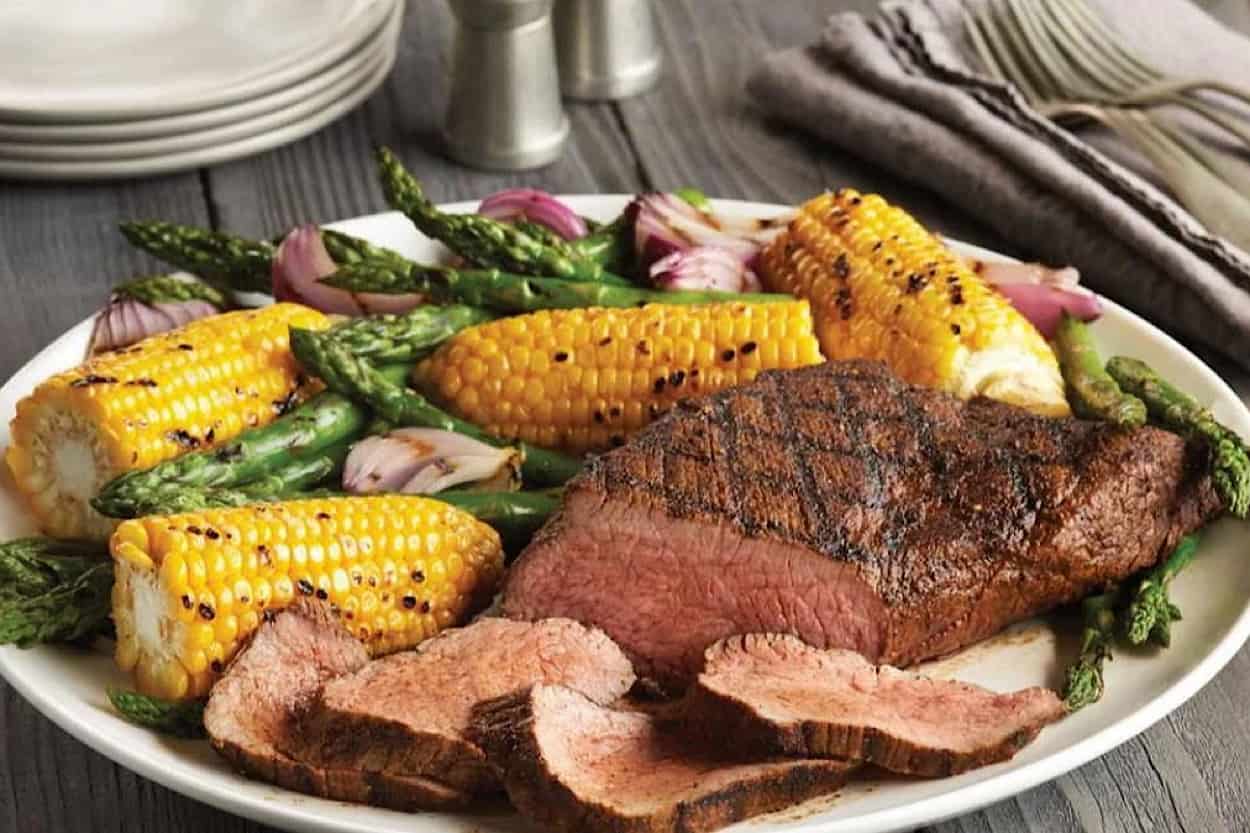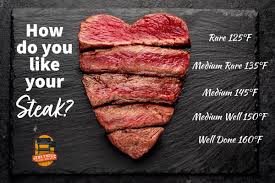Okay, folks, let’s talk about nailing that perfect tri-tip. I’ve messed this up a few times, ending up with shoe leather instead of a juicy, delicious roast. But I think I’ve finally cracked the code, and I’m gonna share my journey with you.
First, I grabbed a nice-looking tri-tip from the butcher. I made sure to choose the one with good marbling – you know, those little white streaks of fat? That’s where the flavor’s at!
Then, I trimmed off any excess fat or silver skin. This part is key, cause that stuff can make it tough. I learned it by a lot of mistakes. You just want a thin layer of fat on top, not a whole blanket.

Next up, the marinade. I’ve tried all sorts of fancy concoctions, but honestly, my favorite is still super simple: olive oil, salt, pepper, garlic powder, and a little onion powder. I rubbed that all over the tri-tip, making sure to get into every nook and cranny. Then, I let it sit in the fridge for at least an hour. The longer, the better, really – I’ve even left it overnight.
The Cooking Process
Now for the cooking part. I’ve experimented with grilling, smoking, and even the oven. But my go-to method now is a combination of searing and indirect heat on my charcoal grill.
I got the coals nice and hot, then seared the tri-tip on all sides. This creates a beautiful crust and locks in those juices. I’m talking a good, dark sear – don’t be shy!
After searing, I moved the tri-tip to the cooler side of the grill, away from the direct heat. I closed the lid and let it cook slowly. This is where the magic happens, folks.
And here’s the most crucial part: the temperature. This is where I used to go wrong. I’d either overcook it or undercook it. It was a mess. But then I invested in a good meat thermometer, and it changed everything.
- For medium-rare, which is how I like it, you’re aiming for an internal temperature of 130-135°F.
- For medium, go for 135-145°F.
- Anything above that, and you’re risking dryness, in my opinion.
I kept checking the temperature every few minutes, making sure not to poke it too many times (you don’t want to lose all those precious juices). Once it hit my target temperature, I took it off the grill.
Finally, and this is super important: resting. I let the tri-tip rest on a cutting board, loosely tented with foil, for at least 10 minutes. This allows the juices to redistribute, resulting in a more tender and flavorful roast. I know it’s tempting to slice into it right away, but trust me, the wait is worth it!
After resting, I sliced it against the grain. And there you have it: a perfectly cooked tri-tip, juicy, tender, and full of flavor. It took some trial and error, but I’m finally happy with my tri-tip game. Hope this helps you on your tri-tip journey!















Post Comment